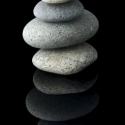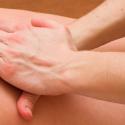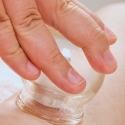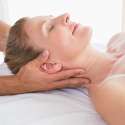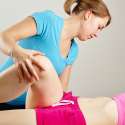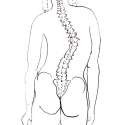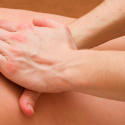
Choosing the right amount of time to book for a massage is important so your therapist can properly do his or her job. If the main goal is a particular physical therapeutic outcome – like achieving greater mobility in just the neck area – it may not be intuitively obvious how much time you need. Of course, cost and the time you have available for a treatment are key factors;…
Read more »


